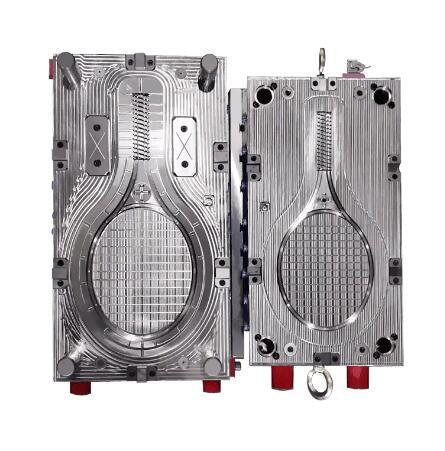Plastic Toy Molds: The Evolution of Design and Manufacturing
Plastic toy molds are typically made from durable materials such as steel or aluminum, which are resistant to wear and can withstand the high pressures and temperatures involved in the injection molding process. As a result, these molds can last for many years, producing thousands or even millions of toys before needing replacement. This longevity reduces the need for frequent mold replacements, making it a more cost-effective choice for manufacturers.
The automation of the injection molding process using plastic toy molds significantly reduces labor costs. Once the mold is created, it can be used to produce a large number of toys with minimal human intervention. The automated process also reduces the likelihood of human error, leading to more consistent products and higher efficiency. This reduction in labor costs contributes to the overall affordability of toys, making them accessible to a larger audience.
The use of plastic toy molds also contributes to environmental sustainability. The injection molding process is highly efficient in terms of energy consumption and material usage. Additionally, the ability to reuse molds for long production runs helps reduce the amount of energy and resources needed for manufacturing. Furthermore, manufacturers can use recycled plastic in the molding process, contributing to a more sustainable and eco-friendly production cycle.
Plastic toy molds can be customized to meet specific production needs, allowing manufacturers to create specialized toys for niche markets. Whether producing toys with unique shapes, textures, or color patterns, molds can be designed to accommodate a wide range of requirements. This level of customization allows manufacturers to meet the specific needs of different consumers and cater to trends in the toy industry.
Once a plastic toy mold has been created, the production process becomes relatively quick and straightforward. The injection molding process is fast, allowing manufacturers to produce large quantities of toys in a short amount of time. This reduction in production time enables manufacturers to respond quickly to market demand and maintain a competitive edge in the toy industry.
Since plastic toy molds ensure that each toy is produced with high precision, the overall quality of the products is improved. Manufacturers can implement stringent quality control measures during the injection molding process to ensure that each toy meets safety standards and design specifications. This consistent quality is important in maintaining customer satisfaction and brand reputation.

https://www.yiwei-mold.com/product/toy-mold/toy-racket-mold.html
Toy racket molds are engineered with ergonomic considerations to provide a comfortable grip and enhance playability. The handle is designed with a suitable size and shape to fit different hand sizes, allowing users to hold and swing the racket effortlessly. The grip is often textured or contoured to provide a secure hold and prevent slippage during intense play. The weight distribution of the racket is carefully balanced to ensure easy maneuverability and reduce strain on the user's arm.
- Art
- Causes
- Crafts
- Crypto
- Dance
- Drinks
- Defi
- Film
- Fitness
- Food
- Games
- Gardening
- Health
- Home
- Literature
- Music
- Networking
- Other
- Party
- Religion
- Shopping
- Sports
- Theater
- Wellness

